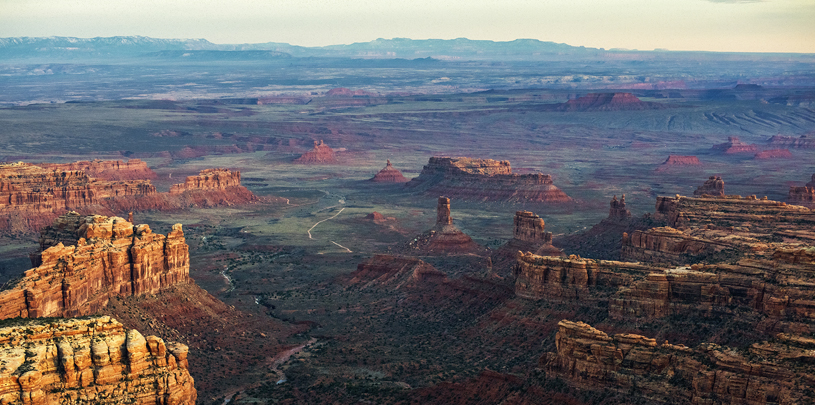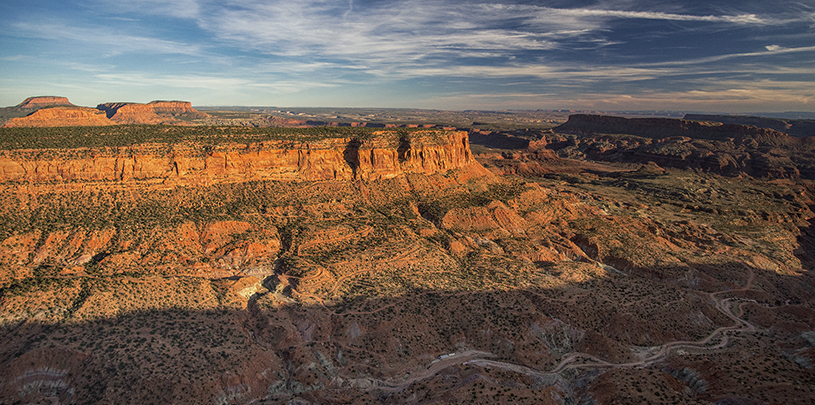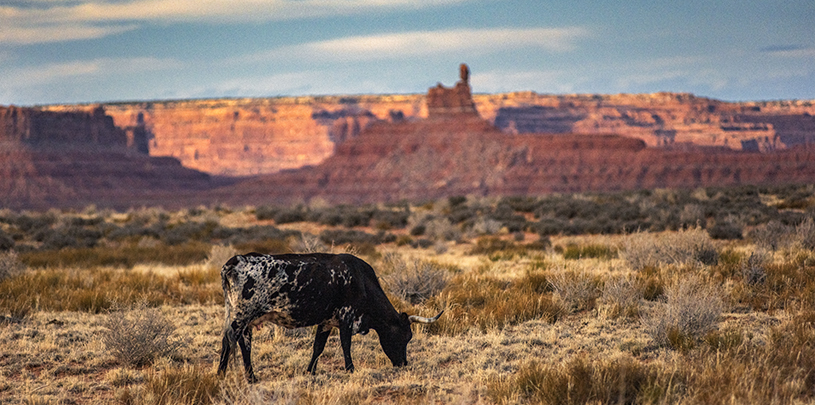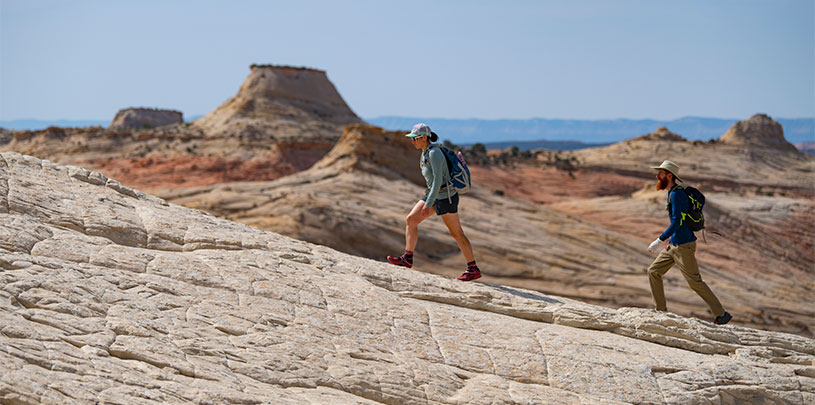
We’ve heard some whoppers about President Trump’s December 4, 2017 attempt to slash Bears Ears national monument by 85 percent. Let’s take a look at five of the most pernicious untruths making the rounds, from what lies in store for the lands stripped of monument protections to whether the president even has the right to reduce the size of national monuments to begin with.
- WHOPPER: Don’t worry, there won’t be oil and gas drilling or uranium mining in the lands cut from Bears Ears.
Mineral resources beneath Bears Ears are scarce. There is no developable oil and gas.”
- TRUTH: The Bureau of Land Management’s own 2008 resource management plan shows most of the Bears Ears region has either “high” or “moderate” oil or gas potential.
“This is not about energy. There is no [uranium] mine within Bears Ears.
– Interior Secretary Ryan Zinke
-
TRUTH: Uranium company Energy Fuels paid lobbying firm FaegreBD $30,000 to lobby the Trump administration to reduce Bears Ears.
Energy Fuels Resources requested that “DOI reduce the size of the BENM to only those specific areas or sites, if any, deemed to need additional protection…” in their formal comments because uranium deposits at Bears Ears “could provide valuable energy and mineral resources in the future.”
Industry got its wish. In 60 days from Trump’s action, most of the areas cut from Bears Ears will again be open to oil and gas leasing and uranium mining. That’s February 2, 2018, if you’re counting.
- WHOPPER: Presidents have reduced national monuments many times in the past, so President Trump’s actions have precedent.
- TRUTH: Yes, monuments have been reduced in the past, but dramatic reductions have only occurred when there was an urgent and demonstrated national need.
Mount Olympus National Monument (now Olympic National Park) was reduced to access timber for wartime use during World War I. Other reductions have been minor, most often to compensate for inaccurate early maps.
When Trump acted on December 4, 2017, he was the first president to try to reduce a national monument since 1963. In the interim, Congress passed the Federal Land Policy and Management Act of 1976, in which Congress expressly reserved the power to modify or revoke withdrawals for national monuments. Previous reductions were not challenged in the courts, and no president had acted to reduce a national monument since Congress clarified its authority, so there is no precedent under current law.
- WHOPPER: The original boundaries of Bears Ears contained many objects that “are not unique to the monument, and some of the particular examples of these objects within the [Obama] monument are not of significant scientific or historic interest.”
- TRUTH: Here, in 100 photos, are places that President Trump views as “not unique,” and “not of significant scientific or historic interest” that he cut from Bears Ears National Monument on December 4, 2017.
Please accept statistics, marketing cookies to watch this video.
- WHOPPER: “A host of laws enacted after the Antiquities Act provide specific protection for archaeological, historic, cultural, paleontological, and plant and animal resources,” so national monument protection is redundant and necessary.
- TRUTH: National monument designations prioritize protection of these important resources over other uses that damage our heritage.
Other laws that govern the protection of cultural resources contain loopholes big enough to drive an oil rig through. They require developers to mitigate damage via a strategy called “identify and avoid” with major sites, but smaller sites that are still important in the context of a cultural landscape like Bears Ears can be destroyed, preventing study of the sites in their proper context. One need only examine the gas fields around Chaco Culture National Historic Park (in New Mexico) with its web of drill pads, roads, and powerlines to see the results of the “protections” provided by existing laws.
- WHOPPER: Newspaper Rock, a rock art site, is still protected within the Indian Creek Unit of Trump’s modified Bears Ears.
Trump’s December 4, 2017 proclamation describes Newspaper Rock: “This site displays a significant concentration of rock art from multiple periods, etched into Wingate sandstone. The older art is attributed to the Ancestral Puebloan people who inhabited this region for 2,000 years, while the more recent rock art is attributed to the Ute people who still live in the Four Corners area.”
- TRUTH: Newspaper Rock is a Utah state historic monument located on state lands.
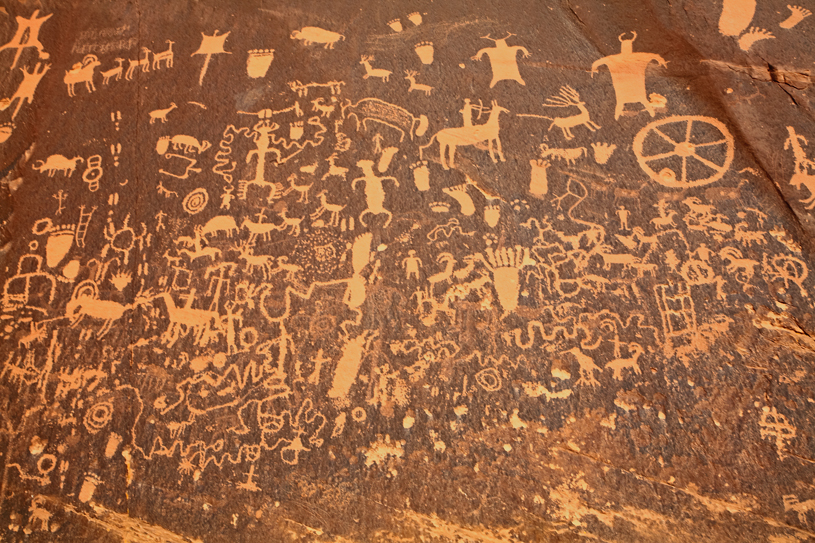
Once you cut through the spin, President Trump’s attempt to redraw the boundaries at Bears Ears raises serious legal questions. It also puts over a million of acres of monument lands, including rock art panels, ancient buildings, and other historic and cultural sites, at risk.
With a host of bad bills making their way through Congress as a way to codify Trump’s national monument actions, please take a moment to sign up to receive action alerts, so that you can urge your congressional representatives to take action when these bills hit the floor.

